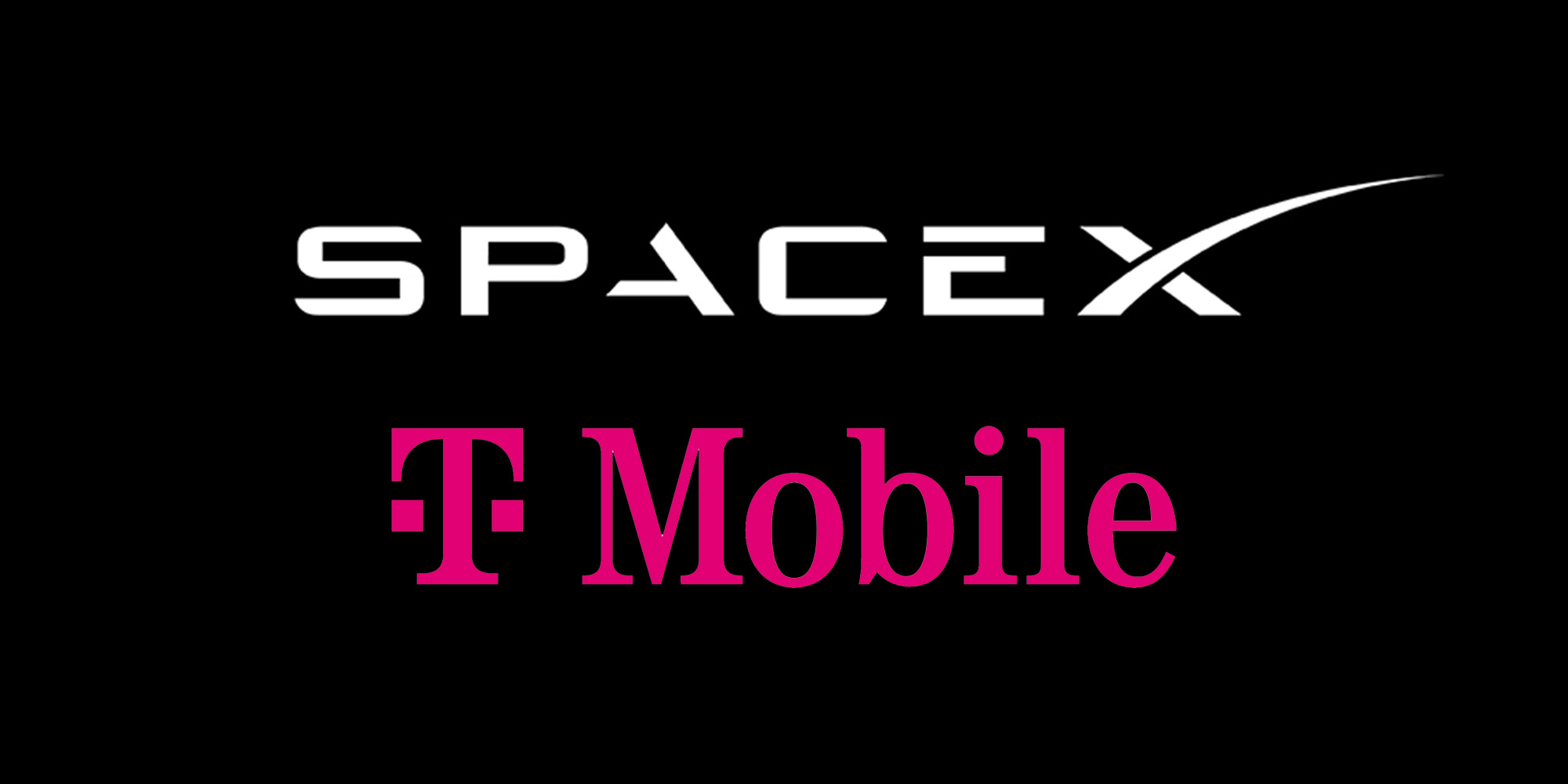Discover how Satellite Connectivity T-Mobile SpaceX collaboration is revolutionizing mobile coverage in remote areas with seamless satellite-powered network access.
Satellite Connectivity T-Mobile SpaceX: Revolutionizing Mobile Network Access
In today’s fast-paced world, staying connected is no longer a luxury but a necessity. However, millions of people living in remote or underserved areas often struggle with poor or no cellular network coverage. This is where the groundbreaking collaboration between T-Mobile and SpaceX steps in, promising to transform mobile connectivity through satellite-powered networks. This innovative approach seeks to break the barriers of traditional cellular limitations and provide seamless mobile communication almost anywhere on Earth.
What Is Satellite Connectivity T-Mobile SpaceX Collaboration?
The Satellite Connectivity T-Mobile SpaceX project is a pioneering effort to integrate satellite technology with existing mobile networks. Traditionally, mobile phones rely on terrestrial cell towers to send and receive signals. These towers are often sparse or non-existent in rural and remote locations, leaving many disconnected. By using satellites orbiting the Earth, T-Mobile and SpaceX aim to provide direct mobile connectivity without requiring additional hardware, such as specialized satellite phones.
This service leverages SpaceX’s Starlink satellite constellation and T-Mobile’s cellular infrastructure to enable regular smartphones to communicate via satellite in areas where conventional cellular towers cannot reach. The technology bridges the connectivity gap, allowing calls, texts, and even limited data transfer through satellites.
Why Is This Collaboration Important?
The significance of this collaboration lies in its potential to democratize mobile connectivity. Remote workers, outdoor enthusiasts, emergency responders, and residents in isolated regions often face challenges maintaining reliable mobile communication. Satellite Connectivity by T-Mobile and SpaceX aims to:
-
Expand Network Reach: Offer mobile service where cell towers are absent.
-
Ensure Emergency Access: Provide critical communication during disasters when terrestrial networks are down.
-
Enhance User Experience: Allow regular smartphones to connect seamlessly without extra devices.
-
Support Economic Growth: Enable businesses in rural areas to thrive with better communication tools.
How Does Satellite Connectivity Work?
Satellite connectivity works by sending mobile signals to satellites in low Earth orbit (LEO), which then relay the signals back to ground stations connected to traditional cellular networks. SpaceX’s Starlink network consists of thousands of small, fast satellites orbiting closer to Earth than traditional satellites, which reduces latency and improves signal quality.
Here’s the process in simple terms:
-
Your smartphone sends a signal when it can’t find a nearby cell tower.
-
The signal is transmitted upward to a Starlink satellite overhead.
-
The satellite relays the signal to a ground station connected to the internet and mobile networks.
-
The requested service (call, text, data) is processed and sent back through the satellite to your phone.
This two-way communication occurs quickly enough that users experience minimal delay, making satellite connectivity practical for everyday use.
Advantages Over Traditional Satellite Phones
Unlike traditional satellite phones that require bulky, expensive devices, the T-Mobile and SpaceX collaboration allows regular smartphones to access satellite networks. This eliminates the need to carry extra equipment and simplifies the user experience.
Some clear advantages include:
-
No Additional Hardware: Use your existing mobile device.
-
Affordable Access: No costly satellite phone plans.
-
Seamless Integration: Automatically switch between cellular and satellite signals.
-
Broader Coverage: Covers large rural and wilderness areas worldwide.
What Does This Mean for Consumers?
For everyday users, the benefits of this technology are profound. Imagine hiking in the mountains, camping in remote forests, or living miles away from the nearest town and still being able to send a message or call for help. This technology drastically reduces the “dead zones” many experience today.
Businesses, especially those in agriculture, logistics, and emergency services, will also find immense value in reliable communication, improving safety and operational efficiency.
Challenges and Future Outlook
Despite its promise, satellite connectivity faces some challenges:
-
Data Speed Limitations: Satellite links currently support voice and text well but may have limited data speeds compared to 5G.
-
Weather Impact: Severe weather can occasionally disrupt satellite signals.
-
Battery Usage: Satellite communication can consume more phone battery power.
-
Regulatory Approvals: Operating satellite services requires navigating complex regulations globally.
However, ongoing advancements in satellite technology and network optimization continue to address these issues. As the system evolves, faster speeds, better battery efficiency, and broader global coverage are expected.
How to Access Satellite Connectivity via T-Mobile and SpaceX?
Currently, T-Mobile is rolling out the satellite connectivity service to select regions, primarily focusing on emergency text and voice communication. Users may not require special plans or devices; their existing T-Mobile smartphones will automatically access satellite signals when outside cellular coverage.
FAQs
Q1: Do I need a special phone to use T-Mobile’s satellite connectivity?
No, the service is designed to work with regular T-Mobile smartphones without extra hardware.
Q2: Can I use satellite connectivity for internet browsing and video calls?
Initially, the service focuses on voice calls and texting. Data speeds for internet use are limited but expected to improve over time.
Q3: Will satellite connectivity work everywhere?
The goal is near-global coverage, but performance depends on satellite visibility and local regulations.
Q4: How does satellite connectivity affect my phone’s battery life?
Using satellite signals may drain the battery faster than regular cellular connections.
Q5: When will this service be available nationwide?
T-Mobile is gradually expanding availability. Full nationwide coverage is anticipated within the next few years.
Conclusion
Satellite Connectivity from T-Mobile and SpaceX is a major leap toward closing the mobile coverage gap. By blending satellite technology with existing mobile infrastructure, this initiative offers hope for millions living in or traveling through areas with poor cellular service. While the technology is still evolving, it represents a future where mobile communication knows no boundaries—keeping everyone connected, anytime and anywhere.
